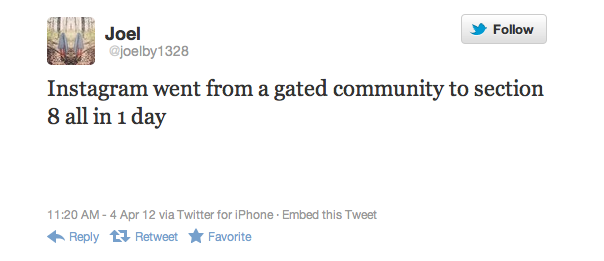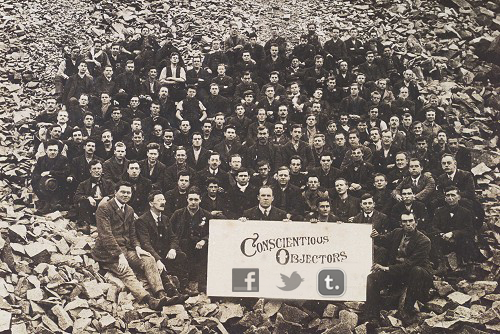
Instagram has gained tremendous popularity over the last several years. It is popular with people of all sorts of demographics and from all walks of life. In the case with Instagram, the number of followers that you acquire is what is most important.
Number of followers equals Instagram success
It is important to be aware here that there is a lot more to Instagram than just the number of followers you can acquire. However, your number of followers is one of the important measurements (or metrics) of the social media tool. If you have a large number of followers, other people will have the perception that you (and your business) are a success. That lends itself to your professional credibility and trustworthiness.
For business progress, buying followers on Instagram can give you a lot of popularity. A strong number of followers also gives you the confidence that your message is being received by other people online and it allows you to increase your reach to a large number of good-quality connections. It also goes a long way to strengthening your relationship with your target audience, which is essential to your success.
Instagram is a smart phone application that acts as a social network and photo editing software. The application allows users to apply various filters and effects to their camera phone pictures, often in order to look like Polaroids from the 70s. The users can then upload the photos to the Instagram community where other members can view, “like”, and comment on them. A user’s Instagram feed can also be synced with other social networking platforms like Facebook, Twitter, and Flickr.
Launched in 2010, the app was initially only available to iPhone users and those with iOS software. Its popularity became instant, and within a year, it had over ten million users. In April 2012, Instagram debuted their Android version of the app on the Google Play store, thus opening up its user base to those with Android smartphones. With this launch came an unexpected backlash from the original iPhone users, and a new form of class warfare began to arise on the internet.
Different cell phone providers offer iPhone versus Android devices. iPhones can only be purchased with more...









